Open-air musical theatre in a challenging environment: Sennheiser’s Spectera wideband wireless ecosystem proves itself in the aggressive conditions of a sand depot

Wedemark, November 2025 – In August and September, Zummerbühne Groningen (Groningen Summer Theatre) presented ‘Gronieken’, a musical theatre production staged at a sand depot in Meerstad. The unusual open-air location posed special challenges for both the crew and the equipment, with wireless audio transmission being provided by a Sennheiser Spectera ecosystem with two Base Stations, 49 SEK bodypacks and eight DAD antennas.
Premiere for Spectera at the Groningen Summer Theatre
“When I heard that the brand-new Sennheiser Spectera systems was going to be used for Zummerbühne 2025, I was naturally delighted. It’s always a privilege to be able to work with state-of-the-art audio technology,” explained Kasper van der Spoel, who was responsible for the theatre’s RF equipment for the third time. “I was, of course, familiar with the name Spectera. Rumours about WMAS technology had been flying around in the audio industry for some time. But it soon became clear that not everything that my colleagues were saying at the time had any real substance.”
At the end of June, rental company AddLive, the full-service provider for the technical equipment of the Zummerbühne, took delivery of the Spectera systems. Van der Spoel reacted immediately: “I took the units home and put them through their paces for a whole week. I also had the opportunity to work at Opera op de Parade in ’s-Hertogenbosch, where Marty Brugmans, the technical producer, and equipment provider Unlimited Vision & Sound had no less than three Spectera Base Stations and 90 SEK bodypacks in use – probably the most extensive practical application of the system so far.”
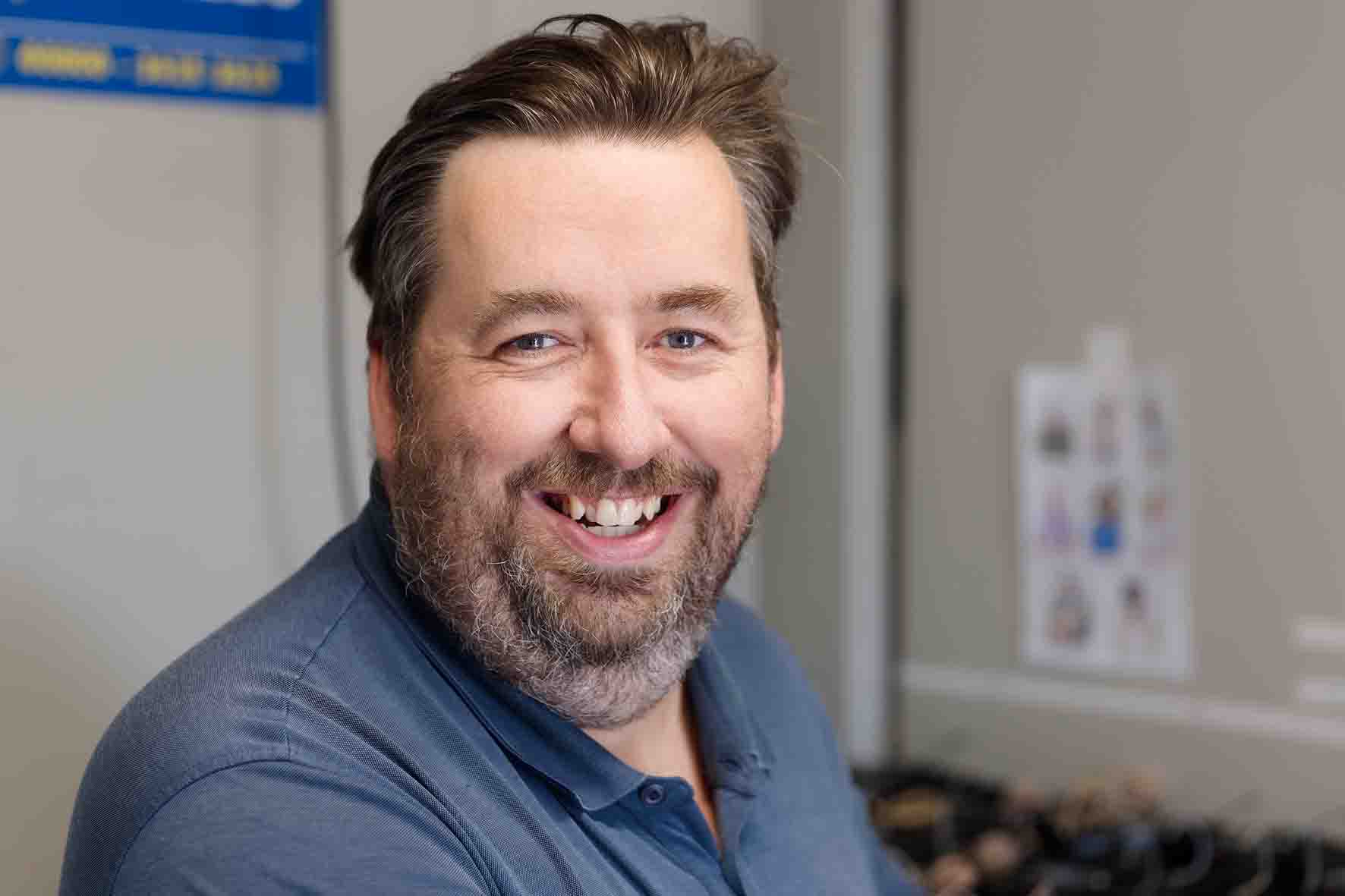
As monitor speakers were also being used, Zummerbühne primarily utilized the 49 SEK bodypacks as microphone transmitters. The bidirectional functionality with mic and IEM channels was used for the orchestra conductor and three instrumentalists (trombone, saxophone, bass clarinet) who needed to move around the stage.
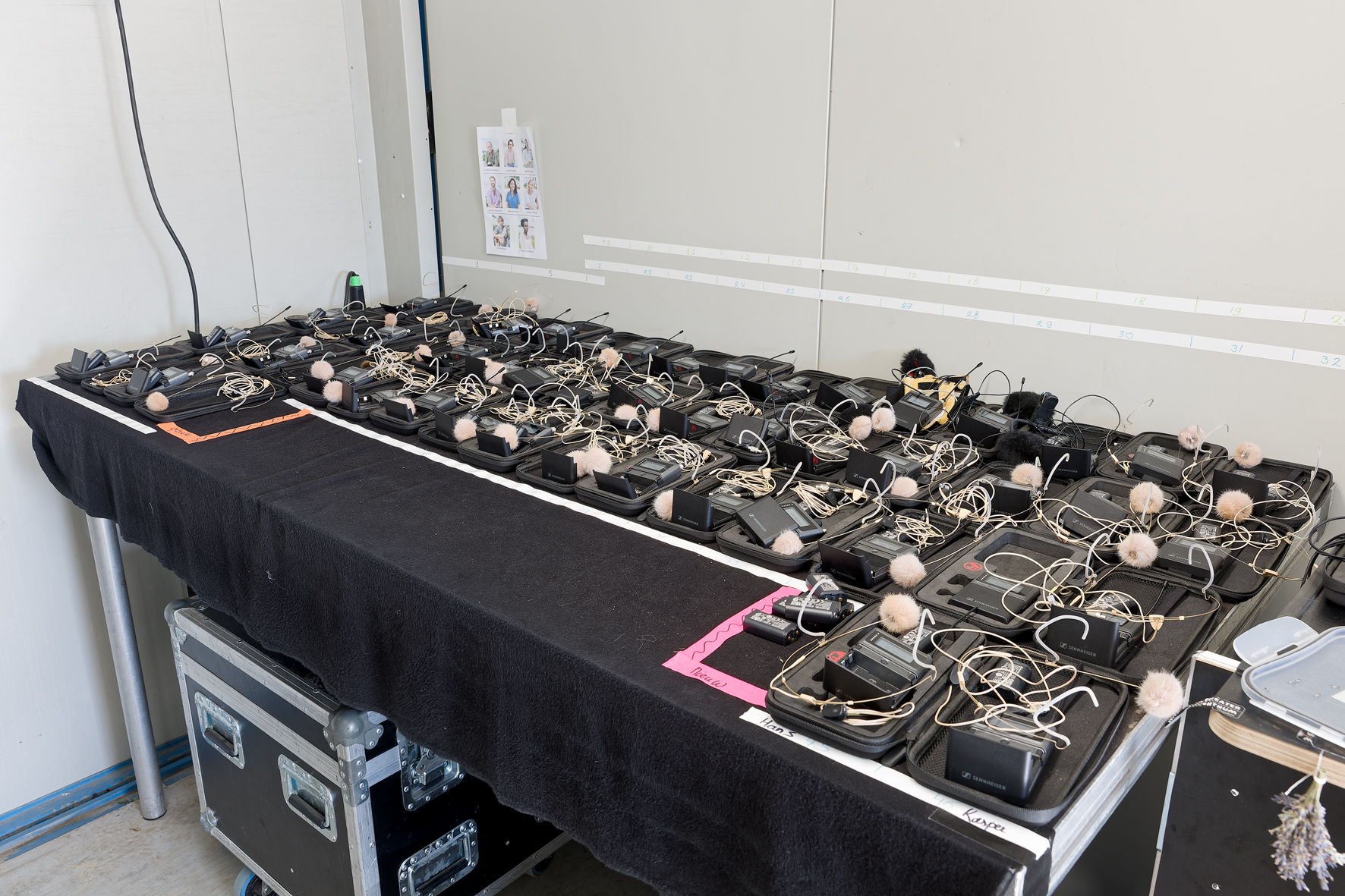
SEK bodypacks: passing the endurance test
At the open-air venue on the outskirts of Meerstad near Groningen, ‘Gronieken’ not only had to deal with wind and rain, but also had to withstand the effects of the ever-present sand. “No matter what you did, the sand just got everywhere,” van der Spoel said with a degree of resignation. “Of course, we did everything we could to protect the equipment, such as sealing the in-ear sockets of the SEK bodypacks with small plastic plugs to prevent fine grains of sand from getting in.”

The performers wore their bodypacks in pouches underneath their costumes, but “in spite of that, one of the beltpacks was bound to end up in the sand every now and then,” van der Spoel recalls. “It was a particular problem for Matija Franješ, who portrayed Cerberus, the hound of Hades, a role in which he spent a lot of time rolling around in the sand, so sand in the equipment was almost inevitable – just as it was with some of the dance and acrobatic performances. But these extremely difficult conditions didn’t impair the functionality of the SEK bodypacks in any way.”
Even the Base Stations that were kept in a container were not spared the effects of the ubiquitous sand: “Although there was less sand around, it still managed to get into every nook and cranny of our production containers, which meant that I had to regularly clean the ventilation grids of the Spectera Base Stations,“ said van der Spoel. “When the performance season was over, I carefully opened both units to remove any sand that had got inside.”
As is normal with productions of this kind, the equipment was not switched off between performances in order to prevent unpleasant surprises when restarted, particularly due to moisture getting inside. At the end of the season, van der Spoel’s conclusion was unambiguous: “Based on our experiences at the sand depot, I can confirm that Spectera SEK bodypacks are ideally suited for use in harsh environments. The performers were full of praise for them, too. When they went to the crew catering area some distance away with their beltpacks switched on, eventually the wireless connection was cleanly interrupted without audible interference. In the same way, we could replace the battery packs without any noise whatsoever while the system was in operation.”

(© Reyer Boxem)
Smart control
Van der Spoel made extensive use of the ability to remotely configure the parameters of the SEK bodypacks using Spectera WebUI. “I determined the pre-amplification of the headworn microphones in close consultation with my FoH colleagues,” he said. “All beltpacks were set to the same level, regardless of the individual user’s voice volume. For the mobile musicians, I defined a control range of -40 dB to +3 dB for their in-ear monitors. I also found it very helpful that the software lets you know if a plug is coming loose from its socket. At first, I had to get used to the fact that the potentiometer on the SEK beltpack doesn’t have a hardware-defined start or end point in its control range and can be infinitely rotated. But I actually haven’t had any problems with this at all.”

Up in the air: DAD antennas on the lighting towers
Van der Spoel mounted four DAD antennas at different heights and positions on each of the two lighting towers. The antennas were connected to the Spectera Base Stations by Cat 5e cables up to 50 metres long. “Signal transmission over Cat cables works absolutely perfectly,” said van der Spoel. “I wired the antennas in such a way that each antenna on the left and right of the performance area was assigned to each of the 8 MHz blocks of a Base Station.”
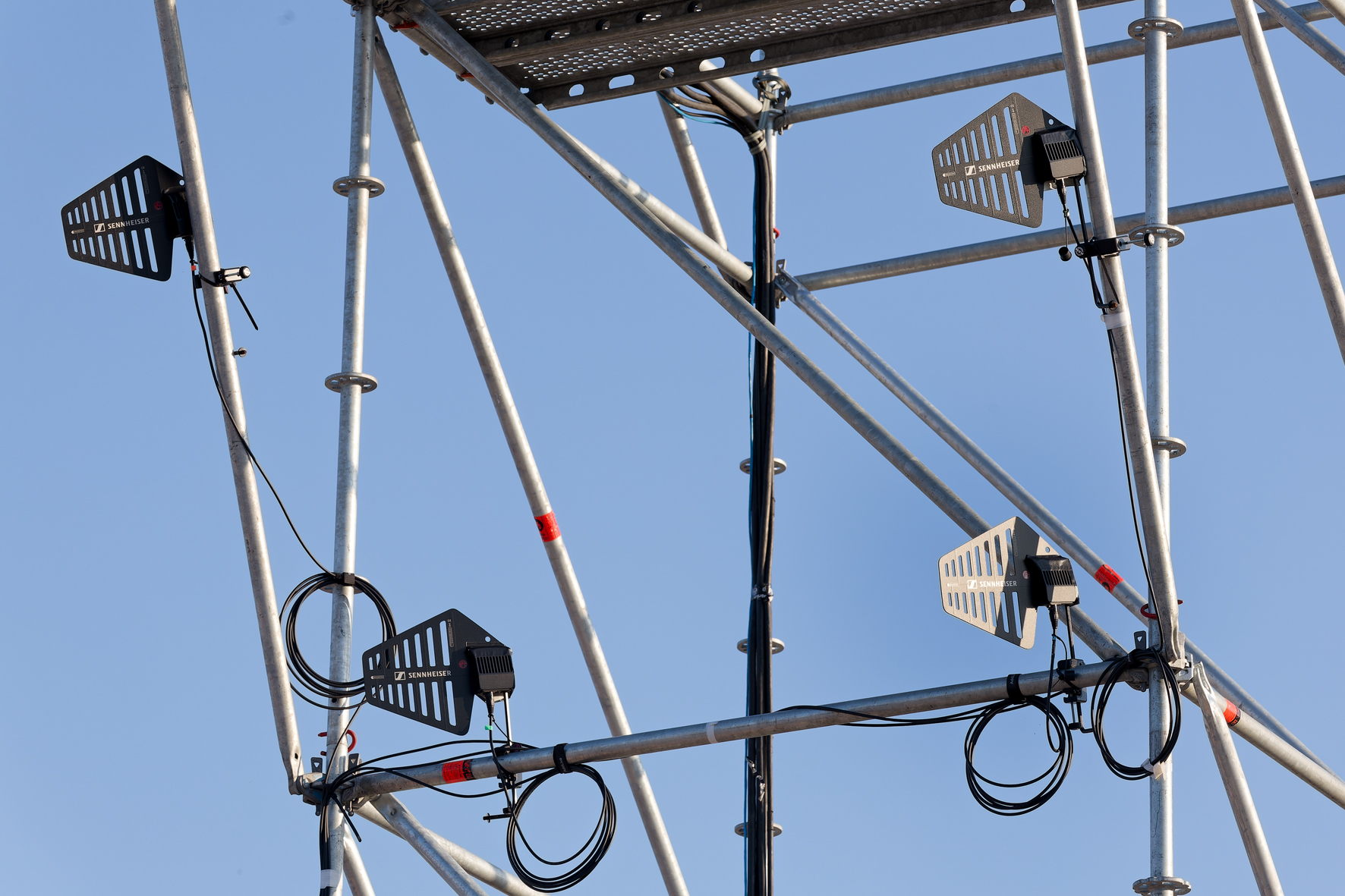
4 × 8 MHz for the Zummerbühne
Spectera occupied four 8 MHz blocks with centre frequencies of 522, 554, 602 and 690 MHz. “With all the possibilities that Spectera offers in the UHF band, I can work really well in the Netherlands,” van der Spoel explained. “Once you’ve done the frequency scan, you should always be able to arrange the 8 MHz blocks sensibly in the spectrum, especially because there is no need to strictly observe the existing TV channels when you’re setting up the system. I’m particularly impressed by the fact that the audio channels in Spectera are placed very close together without causing any interference due to artefacts.”
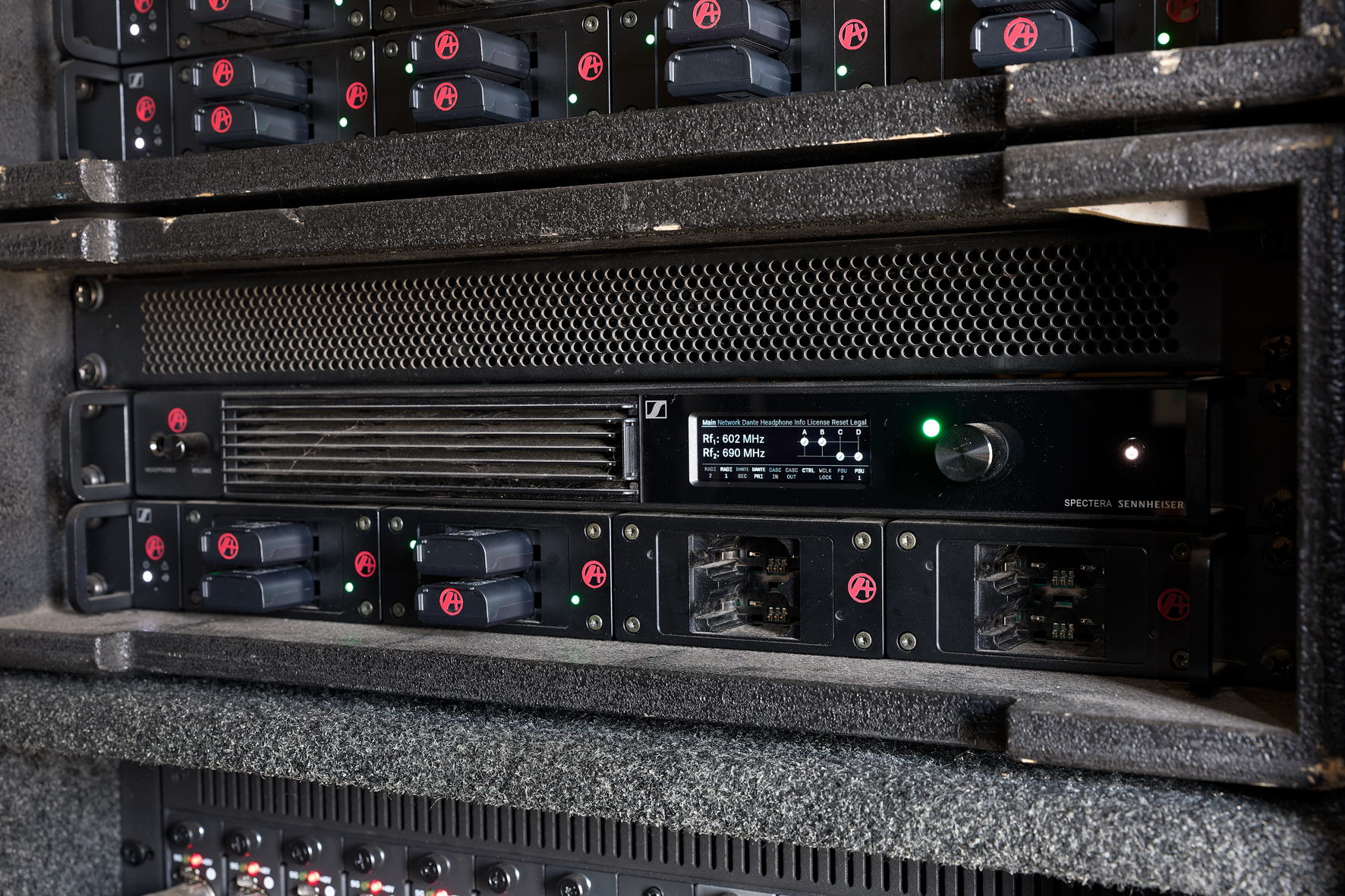
Efficiency gain: faster start-up with Spectera
Van der Spoel noticed that, using Spectera, the wireless equipment could be put into operation much more quickly than in previous years, when wireless products from a different company were used. “Once the basic parameters have been defined, Spectera performs the other settings automatically and synchronises the SEK bodypacks that are assigned to the Base Station. That’s much more convenient. I was able to save around a third of the time that I otherwise would have needed for setting up the equipment. A very useful feature is that the time-consuming job of marking each beltpack is eliminated, as the assigned user’s name is continuously shown on the e-ink display, even when the battery packs are removed.”

Van der Spoel is extremely satisfied with the BA 70 lithium-ion battery packs that power the bodypacks: “The BA 70 have enough power to last for a complete performance without difficulties. I already started handing out the SEK bodypacks at 6 pm, and the show didn’t finish until about 11 pm – and even if the packs were used with the bidirectional function, they still had 15 to 20 percent of their capacity remaining.”
Top-quality audio for a satisfied smile …
When asked to make a comparison with analogue IEM wireless systems, van der Spoel gives a very clear response: “There’s absolutely no comparison! There’s a world of difference between conventional analogue wireless technology and the Sennheiser Spectera system. There’s no longer any noise, the sound is completely transparent and open – I can even notice it at my RF console when I’m monitoring the sound with my dynamic Sennheiser HD 25 headphones. I’m really happy with the sound, and so are the musicians. When our sound designer Jannes Noorman heard the sound transmitted by Spectera for the first time at the sand depot, he was immediately impressed. I’ve been working with Jannes for many years now, but I’ve seldom seen him with such a satisfied smile on his face as he had when he first listened to this system.”

To transmit the audio signals, van der Spoel selected the “Live” audio link mode for both the mic and IEM channels. This mode uses Sennheiser’s proprietary SeDAC codec, which has a latency of only 1.6 milliseconds. “I have 49 SEK bodypacks in operation, and the same audio quality is available to all users,” explained van der Spoel. “The fact that our audio signal flow is organised entirely digitally also has a positive effect on the overall sound: from the initial A/D conversion to the digital inputs of the power amplifiers, there are no longer any analogue intermediate steps. Everything operates with a 24-bit word width and a sampling rate of 96 kHz. The two Spectera Base Stations are linked via MADI to the stage I/O rack of the digital mixing console.”
At the Spectera premiere in Groningen, Kasper van der Spoel was supported by Sennheiser’s RF specialist Vincent Tilgenkamp and Ivo Dousi, Business Development Manager. On Tilgenkamp’s advice, two A 1031-U passive omni-directional antennas were added to the wireless setup as the mobile musicians sometimes performed inside metal containers, which weakened the RF signal reception. The solution was to mount a Sennheiser A 1031-U on the outside of the container and place its counterpart inside, linking the two by a short coax cable. “Only an expert can come up with the idea of installing a passive pass-through like this,” van der Spoel admitted appreciatively. “You live and learn…”
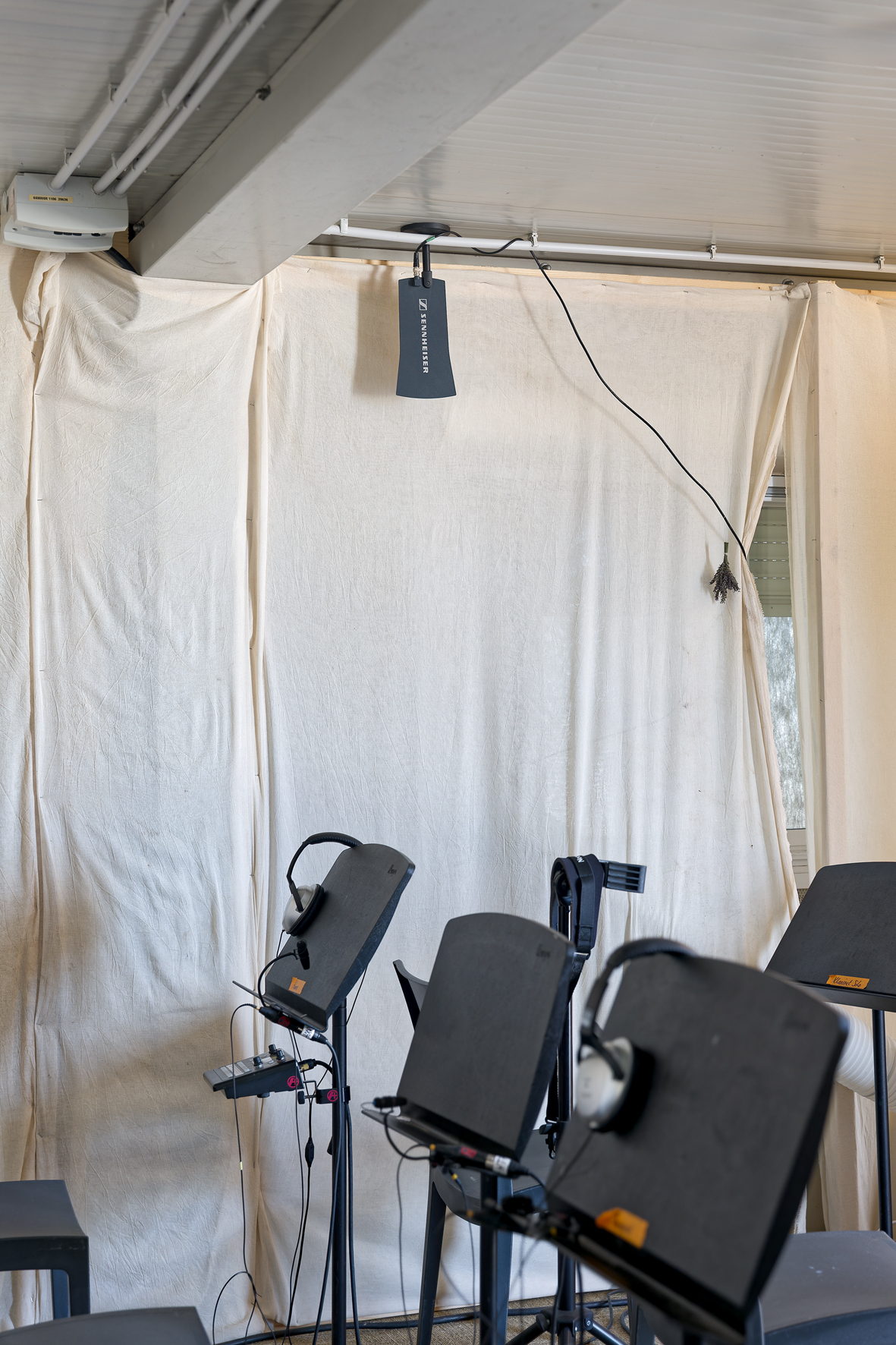
“What the hell is that?”
For ‘Gronieken’, Jannes Noorman not only operated the FoH console for many of the shows, he was also responsible for the sound design alongside his colleague Peter Zwart. The experienced team had put together a top-quality signal chain for the performances, starting with Sennheiser Spectera and ending with high-end loudspeakers that were optimally configured for the specific conditions of the venue.
“I didn’t have the opportunity before ‘Gronieken’ to gain any practical experience with the new Sennheiser Spectera system and I was completely surprised during the first rehearsal at the venue – but in an extremely positive sense: the sound is simply impressive!” said Noorman. “Our leading actor Marcel Hensema just looked at me during this rehearsal and asked, completely gobsmacked: ‘What the hell is that?’. Immediately afterwards, he wanted to find out more about the new Sennheiser system, as he might want to use it for his solo projects in the future.”
Noorman added: “This excellent first impression was definitely confirmed during the subsequent rehearsals and performances. I needed to make far fewer adjustments to the individual microphone channels on the console EQ than I would have to do with some other wireless systems. And I’m happy to repeat: Spectera sounds fantastic – especially in combination with the internal floating-point signal processing in our mixing console and the optimum set-up of our PA system. Also, the Spectera bodypacks seem to be really robust, as they survived the incredibly tough conditions at the sand depot without any problems whatsoever. Of course, I also listened to the sound of the in-ear channels, and my positive impression of the microphone signals applies here to the same extent.”

“The sound of Spectera has made a lasting impression on all of us”
Summing up his experiences at the end of the season, van der Spoel said. “Although the system has only recently been launched, everything went absolutely smoothly, and I’m sure that future software updates will provide even more exciting features and improvements in details. The audio quality of the Sennheiser Spectera system is flawless and far surpasses all other products that we have used for the Zummerbühne in recent years. The sound of Spectera has made a lasting impression on all of us here!”
About the Zummerbühne Groningen
The “Zummerbühne Groningen” (www.zummerbuhne.nl) is an annual musical theatre highlight that takes place in the far north east of the Netherlands. It impressively turns a spotlight on the landscape and stories of the province of Groningen and sees itself at the same time as a cultural ambassador for the region – as a bridge between local tradition and contemporary dramatic art. As a travelling production, the Zummerbühne is always seeking out new locations and transforming them into vibrant performance spaces. But the setting never serves as just a backdrop; it becomes the very heart of the production itself. It carries and shapes the stories, and these only take their final shape in and through their surroundings. In 2025, the play on the programme was ‘Gronieken’, the plot of which was based on the fictional discovery of centuries-old parchments in the centre of Groningen. This developed into a multi-layered mosaic about migration, myths and cultural exchange in Europe. ‘Gronieken’ became the essence of what makes the Zummerbühne so special: transforming local material into universal stories that entertain, move and inspire the audience to reflect. Anyone who experienced this production left the desert-like venue not only with lots of sand in their shoes and catchy music in their ears, but also with a colourful bouquet of memories from images and stories, somewhere between fiction, fact and fantasy.
(Ends)
The high-resolution images accompanying this media release, plus additional images, can be downloaded here.
Zummerbühne - Gronieken - Spectera_e.docx
DOCX - 6.8 Mb
Zummerbühne - Gronieken - Spectera_e.pdf
PDF - 709 Kb



